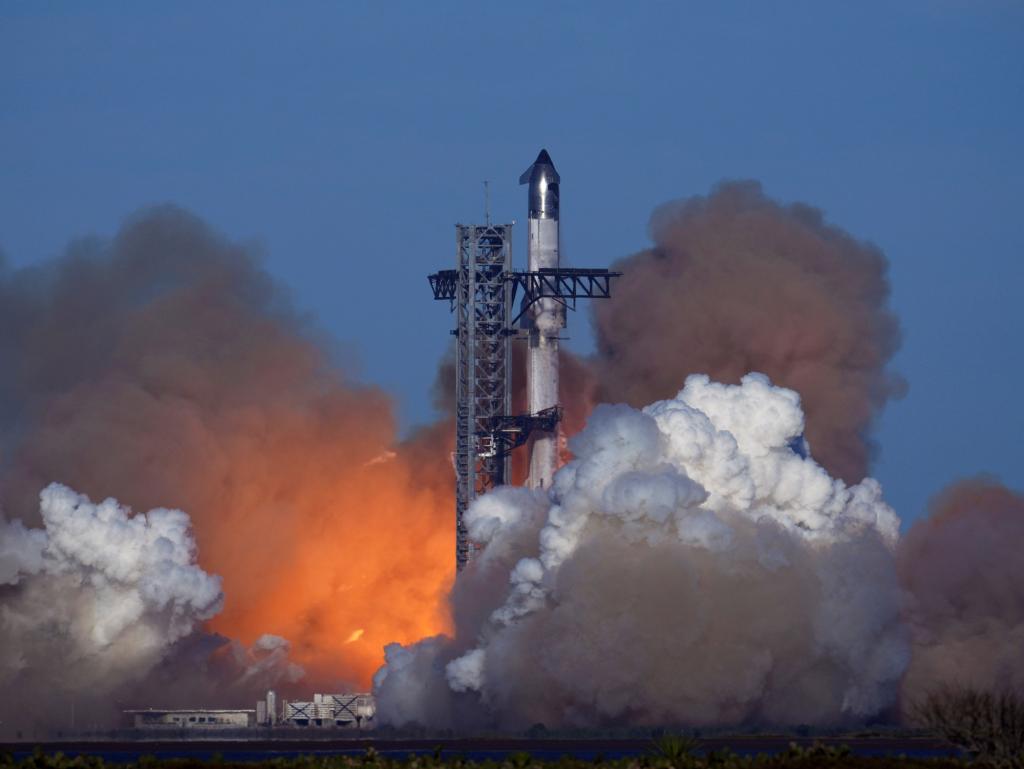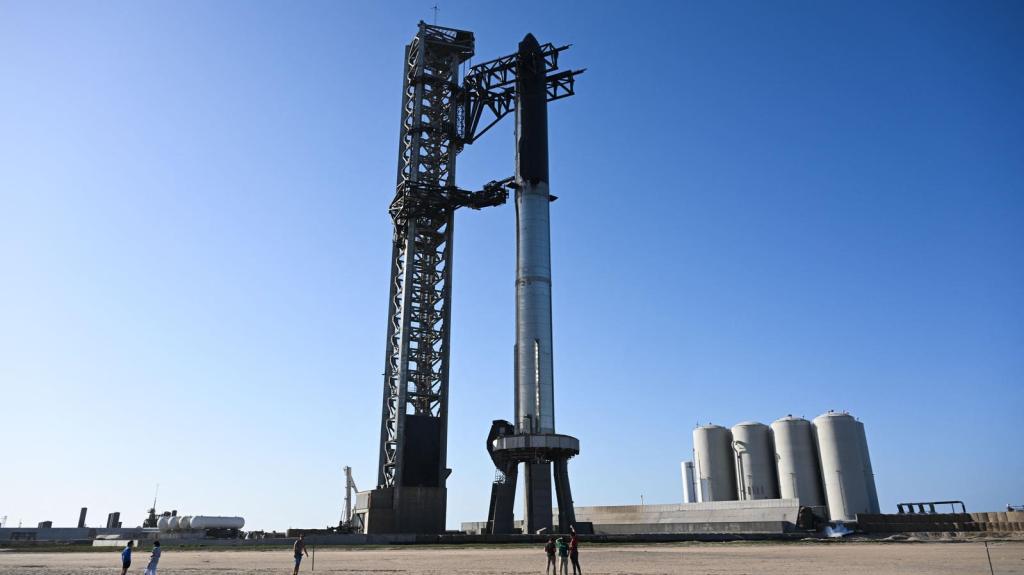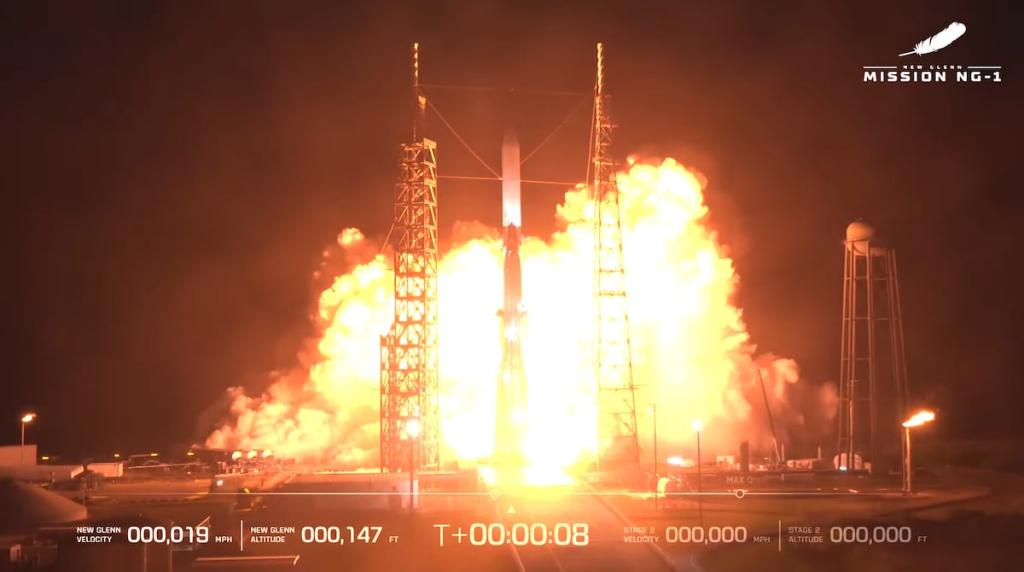Polaris Dawn Mission: Pioneering Private Space Exploration
Discover how the Polaris Dawn mission aims for record altitudes and the first commercial spacewalk, transforming private space exploration.
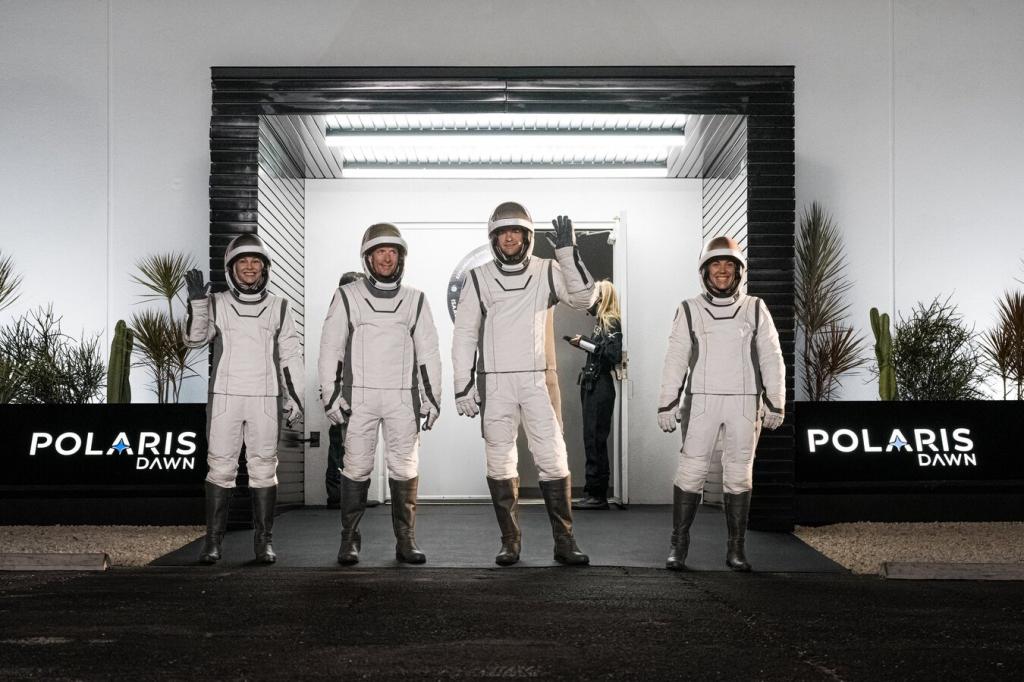
Key Points
- The Polaris Dawn
mission aims to reach an unprecedented altitude of 1,400 kilometers, surpassing all previous human space travel records since Apollo.
- This mission will mark the first-ever commercial spacewalk, testing new spacesuit technology and expanding the capabilities of private space endeavors.
- With 36 planned scientific experiments, Polaris Dawn will explore the effects of high-altitude spaceflight on human physiology, contributing valuable insights for future missions.
In an era where private space exploration is rapidly gaining momentum,
's Polaris Dawn mission stands as a remarkable testament to humanity's quest to expand the boundaries of space travel. Scheduled for launch under the leadership of billionaire
, this mission aims not only to reach record altitudes but also to achieve a groundbreaking milestone: the first commercial spacewalk. However, due to unforeseen circumstances, including adverse weather conditions and technical challenges such as a helium leak, the mission’s launch has been postponed, demonstrating the complexities of space exploration.
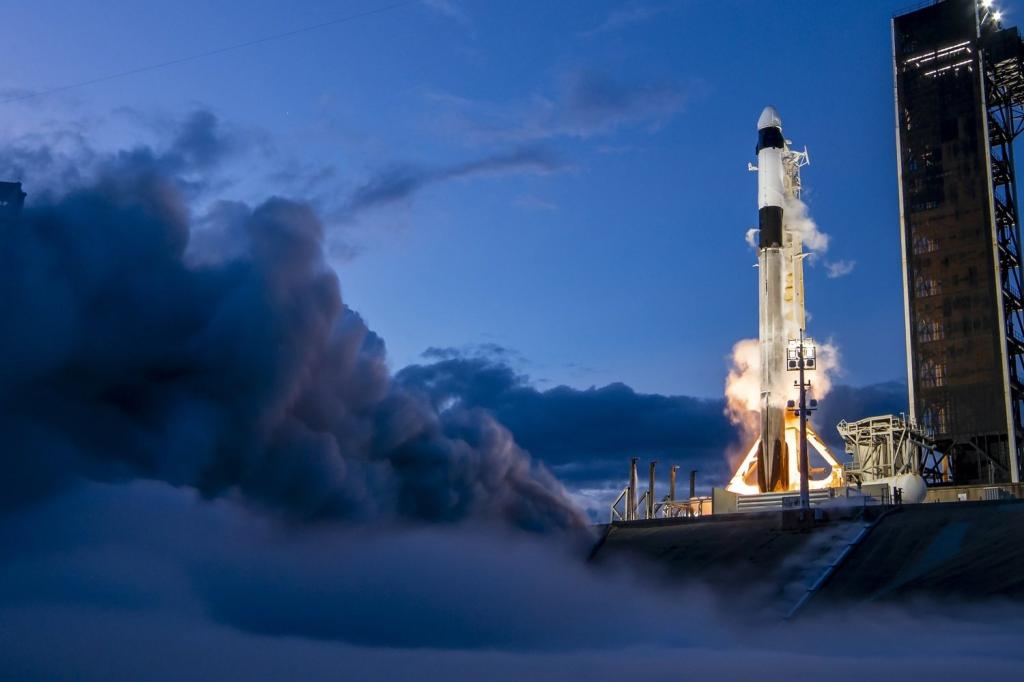
Aiming for New Heights
The Polaris Dawn mission is not just about achieving new heights; it’s about pushing the envelope of what private individuals can accomplish in space. The crew, which includes Isaacman, former Air Force pilot Scott Poteet, and SpaceX engineers Anna Menon and Sarah Gillis, is set to reach approximately 1,400 kilometers above Earth, surpassing all human space travel records since the Apollo missions. This ambitious altitude challenges previous missions like NASA's
, showcasing the rapid advancements made possible through private-sector innovation.
What makes this mission particularly thrilling is its simultaneous goal of conducting the first-ever private spacewalk. This historic event is scheduled for the third day of the mission and aims to test new spacesuit technologies designed by SpaceX. Performing operations outside the spacecraft is a significant step forward for private space endeavors, which have largely been confined to in-capsule activities until now.

Prevailing Challenges and Innovations
The road to this groundbreaking mission has not been without its challenges. The decision to postpone the mission due to a helium leak in the rocket's ground equipment highlights the meticulous nature of aerospace operations. As SpaceX officials emphasized, ensuring safety is 'absolutely paramount.' Moving forward, consistent monitoring of weather and equipment will be crucial. The company is determined to learn from every aspect of this mission, to extract valuable data that can guide future space endeavors, particularly as the industry prepares for longer-term missions to destinations like Mars.
Scientific Contributions and Future Implications
Polaris Dawn is also poised to significantly contribute to scientific knowledge. During this mission, the crew plans to conduct 36 experiments in collaboration with various institutions, examining the effects of high-altitude spaceflight on human physiology and exploring decompression sickness. These insights could be vital for developing technologies and protocols to ensure astronaut safety on future long-duration missions, paving the way for a new era of exploration.
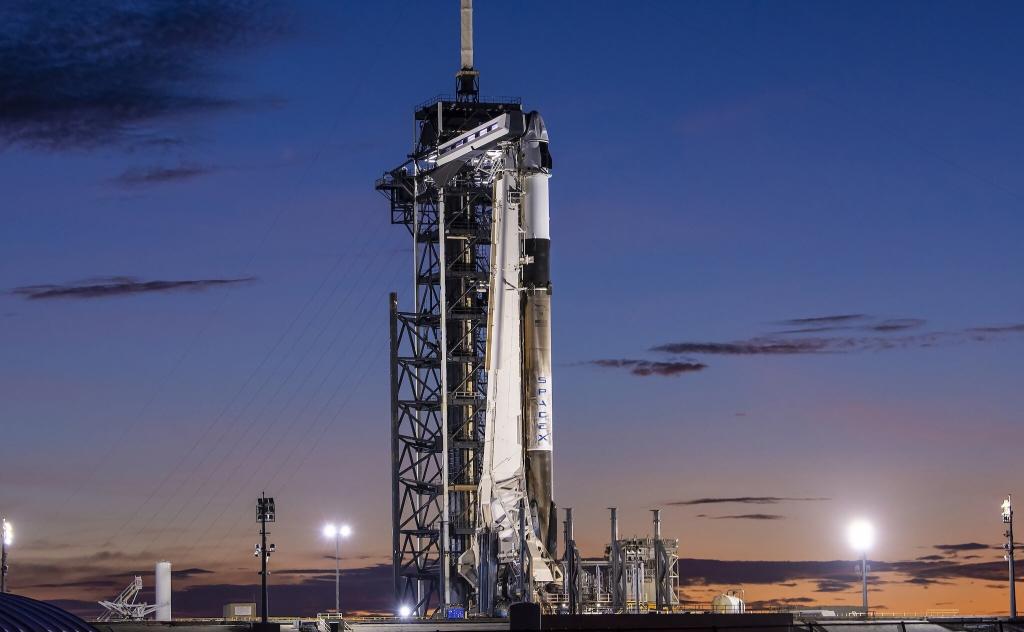
Commercial Space Endeavors: A Glimpse into the Future
This mission is part of a broader vision that underscores the importance of commercial spaceflight in the future of exploration. Isaacman highlights that "the investments in the private sector acts as a catalyst" for technological advancements. The mission is also aimed at raising funds for St. Jude Children’s Research Hospital, reflecting a commitment to not only technological progress but also social responsibility.
As we navigate through this pivotal moment in space exploration, the potential that Polaris Dawn holds for inspiring a new generation of explorers and scientists cannot be overstated. The mission encapsulates the spirit of adventure and the quest for knowledge that defines humanity.
In essence, while the Polaris Dawn mission faces delays and challenges, it stands at the forefront of commercial space exploration, aiming to redefine the limits of human capability in space and to open new pathways for future missions. With each setback, the commitment to safety, innovation, and exploration grows stronger, paving the way for even more remarkable achievements in the years to come.
